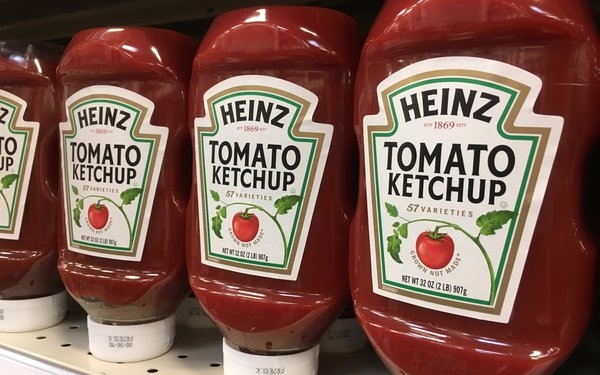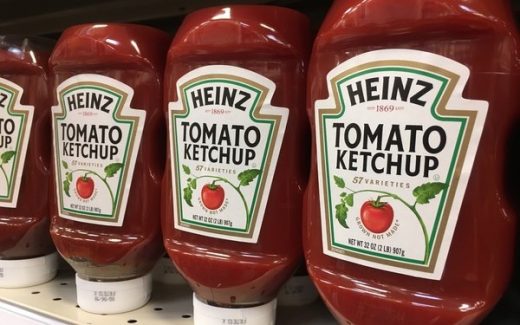CPG Report: Price, Promotion Key Factors For Edibles In 2022
CPG Report: Price, Promotion Key Factors For Edibles In 2022

Greater consumer mobility and price inflation are two main pressure points for marketers of food and beverage CPG products heading into 2022.
Combined, they will exert downward pressure on overall CPG volume, according to IRI’s CPG Market Review And Outlook report.
“To gain unit and volume share, CPGs and retailers will promote more often,” is among the report’s insights.
Increased mobility—including less at-home work and more in-classroom schooling—will mean more away-from-home consumption at the expense of at-home eating occasions.
A good deal of the inflation in food pricing will continue to stem from continued supply chain disruption—some of it due to labor shortages.
“There are supply challenges for many different brands and products,” IRI president of client engagement Dr. Krishnakumar Davey, tells CPG FYI. “We believe the supply chain will probably be challenged at least for the first few quarters of 2022 if not a little bit more—and inflation will continue to be a challenge for the industry in the first half of next year.”
Davey cites survey data indicating that inflation would motivate 20% of respondents to switch brands and about 12% to switch retailers.
“As volume declines, there will be more competition, and therefore promotion will be a way in which you can take care of the value-seeking buyer.”
The year 2021 has not been particularly kind to store brands, given the impact of COVID shelf-clearing and changes in delivery routines.
“Some of the leading manufacturers of private label had just shifted to just-in-time inventory. So they were not able to scale back up and crank up their production,” Davey says.
In brick-and-mortar venues tracked by IRI, the biggest CPG edible brands—those with sales in excess of $1 billion—gained 0.8% share points to 39.2% in the 52 weeks ended Oct. 31. Most of that increase came at the expense of store brands, whose share of edible sales declined 0.6% to 16.1%.
Segmentation by generations shows that Millennials and Gen X are wed to convenience. Among both age cohorts, dried meat snacks, energy drinks and frozen appetizers/snack rolls were among the most desired products this year.
Membership-based club stores will continue to gain share in beverages and food, according to Davey. “Younger generations are adopting club channels faster because of COVID. We believe that will continue next year.”
In 2019, club stores had a 9.7% share of beverage and food purchases. As of Oct. 3, that share had risen to 10.7%.
(36)


